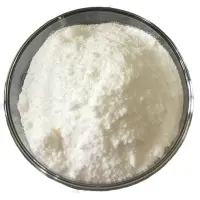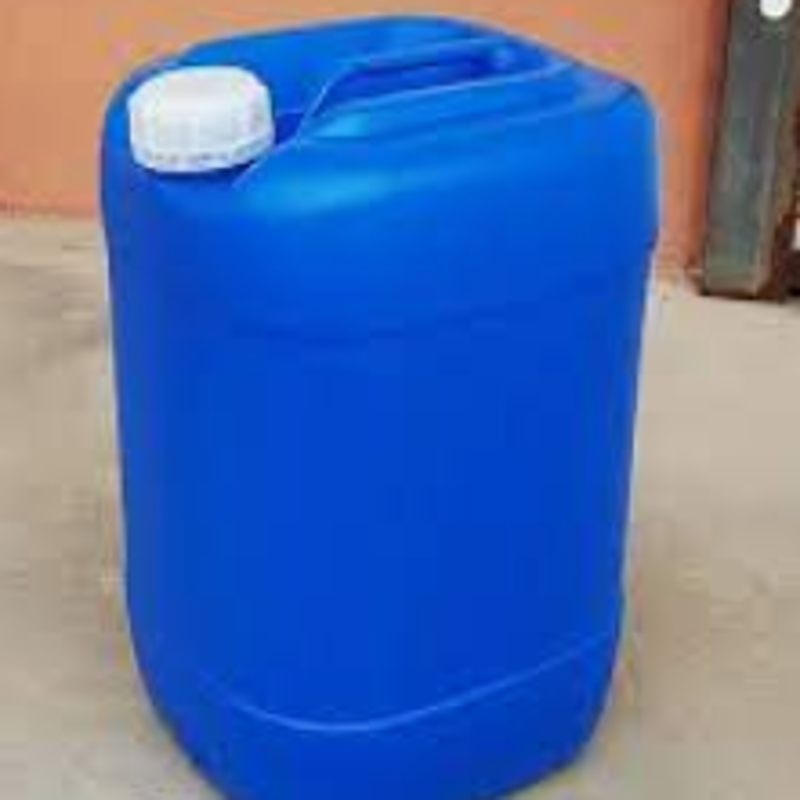-
Categories
-
Pharmaceutical Intermediates
-
Active Pharmaceutical Ingredients
-
Food Additives
- Industrial Coatings
- Agrochemicals
- Dyes and Pigments
- Surfactant
- Flavors and Fragrances
- Chemical Reagents
- Catalyst and Auxiliary
- Natural Products
- Inorganic Chemistry
-
Organic Chemistry
-
Biochemical Engineering
- Analytical Chemistry
-
Cosmetic Ingredient
- Water Treatment Chemical
-
Pharmaceutical Intermediates
Promotion
ECHEMI Mall
Wholesale
Weekly Price
Exhibition
News
-
Trade Service
Carbosulfan is a broad-spectrum fungicide that is widely used in the chemical industry for the protection of various crops, including fruits, vegetables, and ornamentals.
In order to ensure the safe and effective use of this product, it is important to follow the instructions provided by the manufacturer.
First and foremost, it is essential to read and fully understand the label before using Carbosulfan.
The label provides important information about the product's ingredients, dosage, and application instructions.
It is crucial to follow the instructions on the label to avoid any potential risks or negative effects.
Carbosulfan is typically applied as a spray or a dust, depending on the crop being treated and the stage of growth.
The product is usually applied to the leaves of the plant, as well as to the soil.
It is important to ensure that the entire plant is covered with the spray, including the leaves, stems, and flowers.
Additionally, it is important to apply the product evenly to avoid any hot spots that could lead to the development of resistance.
It is recommended to apply Carbosulfan in the early morning or late evening, when the temperature is cooler and the plant is in a more absorptive state.
This helps to ensure that the product is effectively taken up by the plant, providing maximum protection.
It is also important to wear the appropriate protective gear while applying Carbosulfan.
This includes wearing gloves, a hat, and protective clothing that covers the entire body.
Additionally, it is important to wear eye protection, such as goggles, to prevent exposure to the product.
When using Carbosulfan, it is important to avoid using excessive amounts of the product.
This can lead to the development of resistance in the plant, as well as potential negative effects on the environment.
It is recommended to use the lowest effective dose of the product, and to apply the product only when necessary.
It is also important to store Carbosulfan in a cool, dry place, away from direct sunlight.
The product should be kept out of reach of children and pets, and should be disposed of properly according to local regulations.
In conclusion, the instructions for the use of Carbosulfan are important to follow in order to ensure the safe and effective protection of crops.
By reading and understanding the label, applying the product correctly, and using the lowest effective dose, growers can minimize the risks associated with the use of this product, and protect their crops from fungal diseases.
Additionally, by storing the product properly and disposing of it properly, growers can help to minimize the potential negative effects on the environment.







